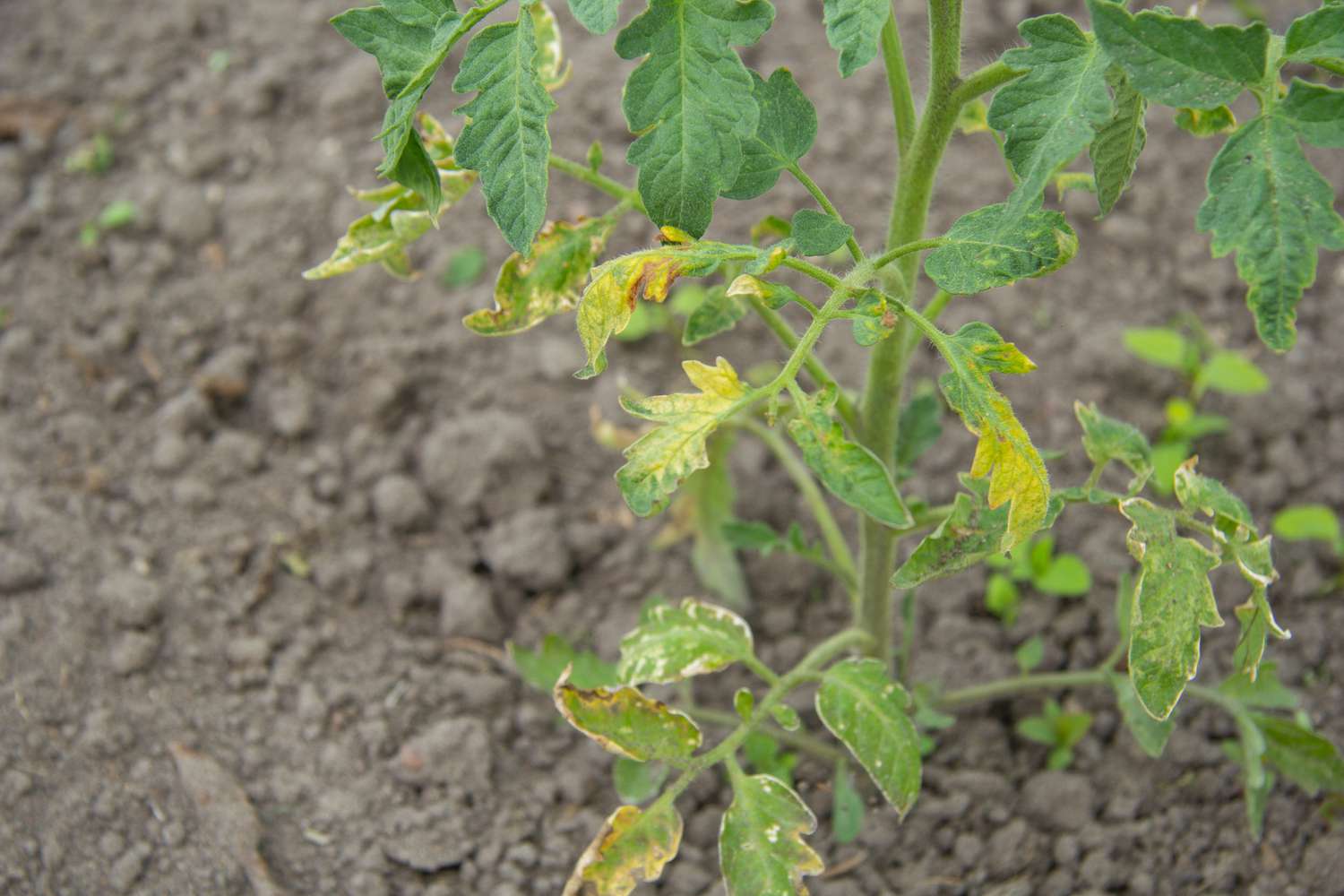1/1
why my summer tomatoes brought only disappointment
I remember summers in my childhood, when my grandmother’s backyard was filled with the sweet scent of ripe tomatoes. We’d pick them together, our hands stained red, and she’d tell me stories about how every plant needed patience and love. This year, I tried to recreate that magic in my own North American garden, but all I got was a patch of smutty, diseased tomatoes. It’s strange how gardening has changed. Back then, we relied on old wisdom—rotating crops, composting kitchen scraps, and trusting the rhythms of the seasons. Now, everyone’s talking about high-tech soil sensors and chemical sprays. My neighbor, a tech-savvy millennial, swears by his hydroponic setup. He scoffs at my compost pile, but I wonder if his tomatoes taste like memories. The local climate isn’t what it used to be. This summer brought wild swings—scorching heat one week, cold rain the next. My plants struggled, and the community garden was full of complaints. Some folks blamed climate change, others said we just needed better seeds. I heard heated debates at the farmer’s market: Should we stick to heirloom varieties, or embrace genetically modified plants that promise disease resistance? And then there’s the neighborhood association. They want neat, uniform plots—no wild vines, no messy compost bins. But isn’t gardening about freedom and creativity? I miss the wild, tangled beauty of my grandmother’s backyard, even if it wasn’t picture-perfect. Maybe my smutty tomatoes are a sign of the times—a clash between tradition and innovation, nature and control. I’d love to hear if anyone else has faced this struggle. Do you stick to the old ways, or try the new? And does anyone else miss the taste of a real, sun-warmed tomato? #gardeningmemories #tomatofailure #traditionvsinnovation #Gardening
2025-05-25

Bill Jones
im gonna share a tidbit here...if you want healthy vibrant huge tomato plants that yield...take egg shells..wash them..dry them ..grind them into a powder like substance..add them to used coffee grounds and mix it into 3 bags of good quality garden soil..plant your seeds or plants ..water and finish with 1 bag of quality Top soil ...every 2 weeks add a table spoon worth of the egg shell coffee soil mix around your plants and they will thrive..and a bonus..if you have indoor ficus plants or trees..ficus also thrives from this cheap mix...you can look up other plants that appreciate the calcium and acids too.
05-25
Maysville, NC
Reply(2)
4
More comments ...
write a comment...
